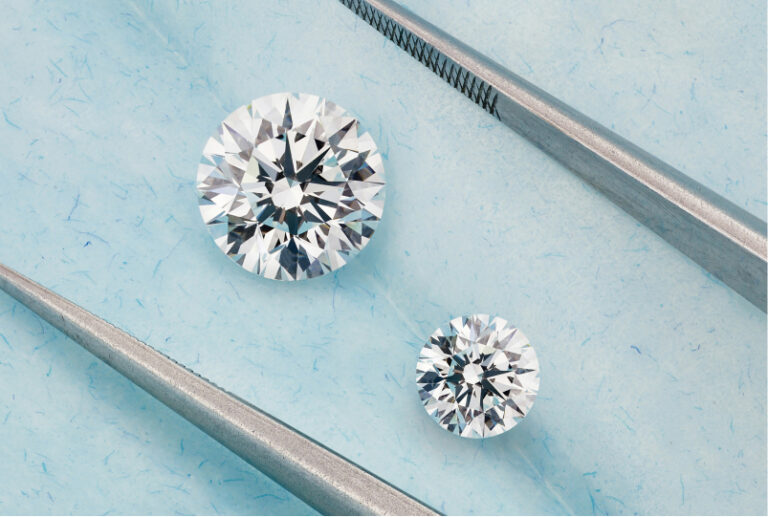Diamonds are known for their beauty, rarity, and long-lasting value. They have been treasured for centuries, used to adorn the wealthy and powerful, and symbolize love and commitment. However, this industry has been plagued with controversy, from the exploitation of miners to the unethical practices of some diamond dealers. In recent years, there has been a growing interest in lab-grown diamonds as an ethical and environmentally sustainable alternative to natural ones.
Despite this, there is still a stigma against them, with many people believing that they are inferior to their natural counterparts. In this article, we will explore the science behind them, their similarities and differences to natural diamonds, and the benefits of choosing them. We will also consider the ethical and environmental implications of mining and the potential future of lab-grown diamonds.
The Stigma Against Lab-Grown Diamonds
Many people view lab-grown diamonds as artificial or fake ones, and believe that they are less valuable than their natural rivals. This stigma has been perpetuated by the diamond industry, which has a vested interest in maintaining the value of natural ones. However, lab-grown diamonds are chemically and physically identical to natural ones, and are created using the same processes that occur in the earth’s mantle. They are not synthetic or fake ones, but rather a new form of diamond that offers many benefits over natural ones.
The Science Behind Lab-Grown Diamonds
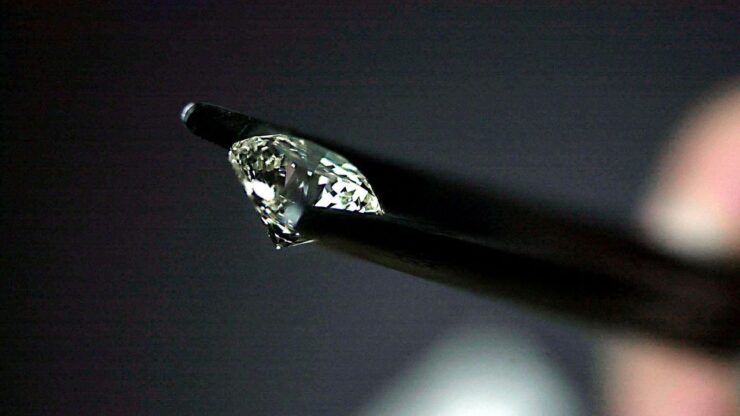
Lab-grown diamonds are created using two main processes: High Pressure High Temperature (HPHT) and Chemical Vapor Deposition (CVD). HPHT involves mimicking the conditions of the earth’s mantle, where they are formed, by subjecting a carbon source to extreme pressure and temperature. This causes the carbon atoms to crystallize and form it. CVD involves growing a diamond layer on a substrate by introducing a gas mixture containing carbon and hydrogen into a vacuum chamber, where the carbon atoms bond together to form a layer.
Similarities Between Natural and Lab-Grown Diamonds
Lab-grown diamonds are chemically and physically identical to natural ones, with the same hardness, durability, and brilliance. They are composed of pure carbon, with the same crystal structure as natural ones. This means that they are indistinguishable from their natural counterparts to the naked eye, and can only be identified through specialized testing.
Differences Between Natural and Lab-Grown Diamonds
While lab-grown diamonds are identical to natural ones in many ways, there are some differences between the two. One of the main differences is that they have fewer inclusions than natural ones, as they are grown in a controlled environment. This means that they often have better clarity and are more affordable than natural ones of the same quality. Additionally, they have a smaller carbon footprint than natural ones, as they do not require mining and do not contribute to environmental degradation.
Environmental Benefits of Lab-Grown Diamonds
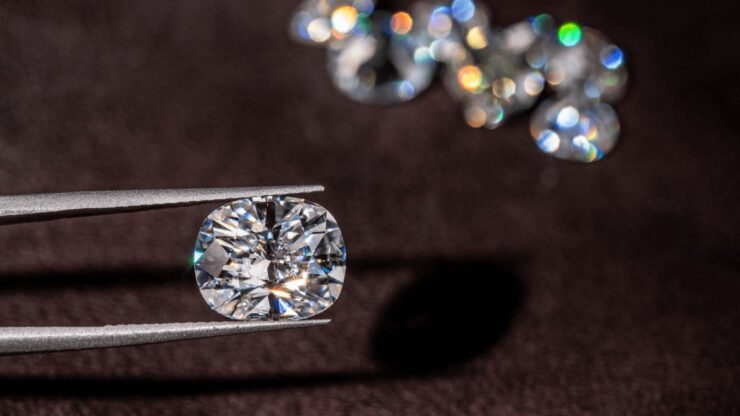
The diamond mining industry has a significant environmental impact, with large areas of land being destroyed, water sources being polluted, and wildlife being displaced. Additionally, the carbon footprint of mining is high, with significant greenhouse gas emissions resulting from the energy-intensive processes used to extract them from the earth. Lab-grown ones, on the other hand, have a much lower environmental impact, as they do not require mining and do not contribute to environmental degradation. They also require less energy to produce, as they are grown in a controlled environment.
Ethical Considerations of Lab-Grown Diamonds
Mining has long been associated with human rights abuses, including forced labor, child labor, and exploitation of workers. Additionally, many natural diamonds are sold to fund conflicts and civil wars, known as blood ones. Lab-grown ones, on the other hand, are produced in a controlled environment, with no involvement of human rights abuses or funding of conflicts. They are a more ethical option for consumers who are concerned about the impact of their purchases on the world.
Cost Comparison Between Natural and Lab-Grown Diamonds
One of the main advantages of lab-grown diamonds is their affordability. While natural diamonds are priced based on their rarity and demand, lab-grown ones are priced based on their quality and size. This means that they can be up to 30% less expensive than natural ones of comparable quality. This makes them a more accessible option for consumers who are looking for high-quality pieces at a lower price point. For those in the UK looking for high-quality lab created diamonds UK based companies can provide, the future is bright, and the possibilities are endless.
Acceptance of Lab-Grown Diamonds by Consumers
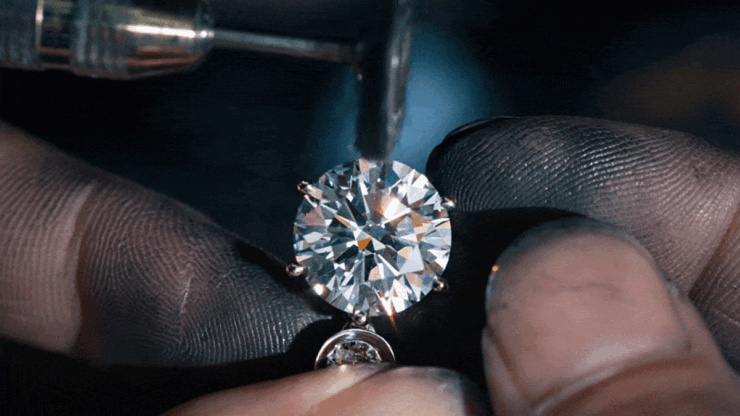
While there is still some stigma against them, consumer attitudes are changing. A 2020 survey by De Beers, a leading diamond company, found that 70% of consumers were open to buying them, and that 41% of consumers were actively interested in purchasing them. This suggests that as more consumers become aware of their benefits, their popularity will continue to grow.
Conclusion and Future of Lab-Grown Diamonds
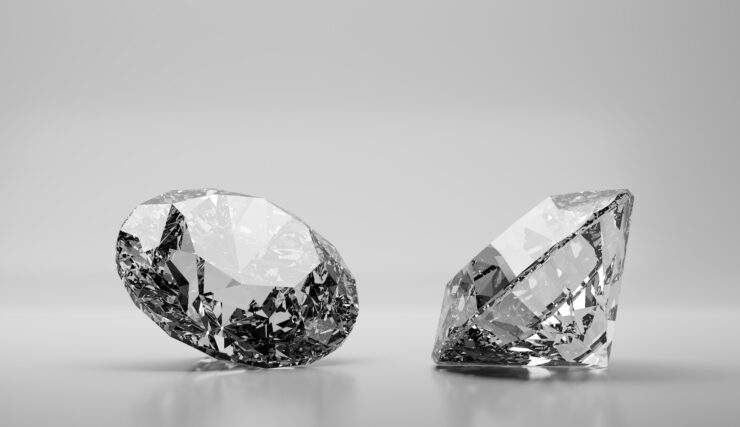
Lab-grown diamonds offer a compelling alternative to natural ones, with their affordability, environmental sustainability, and ethical production. While there is still some stigma against them, consumer attitudes are shifting, and more people are considering them as a viable option for their jewelry purchases.
As technology continues to improve, the quality and availability of lab-grown diamonds are only going to increase, making them an even more attractive option for consumers. Whether you are looking for an engagement ring, a pair of earrings, or a statement necklace, they offer a beautiful and sustainable choice that is just as valuable as natural diamonds.
In conclusion
lab-grown diamonds are a new and exciting development in the diamond industry. While they may still be viewed with some skepticism by some, their many benefits make them a compelling choice for consumers. With their affordability, environmental sustainability, and ethical production, they are a valuable and beautiful alternative to natural diamonds.
As the popularity of lab-grown diamonds continues to grow, we can expect to see more innovation in this area, and a greater understanding and acceptance of these remarkable gems.

